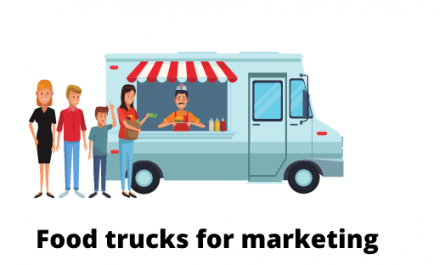Data breaches can occur at any time, anywhere – especially if you aren’t using a dedicated online security system.
For example, if you are using a torrent website like thenewpiratebay you should always use a VPN alongside it. This way, it will be impossible for hackers to track your IP address and hack into your network infrastructure.
However, if you have a business, only using a security system or a VPN will not be enough for you. Instead, you will also need to improve your payment functionality too. Tokenization can be pretty beneficial for you.
But, what is payment tokenization?
How does it work for a business?
What are the examples of tokenization?
We have addressed all of your concerns through this article extensively. Make sure to keep reading to learn more in this context!
A Brief Introduction To Payment Tokenization
Tokenization, in essence, is the procedure of replacing sensitive or personal data with a distinctive identifier known as a token. processes
Hence, when it comes to payment, tokenization reinstates your PAN (primary account number) and other related data with a replacement value.
This “substitute amount” will be essentially worthless in most other aspects. Its only job will be to remove the visibility of your payment data from the internet.
The benefits of payment tokenization include –
- It hides your payment data from the web or any other internet-based communicational means. Therefore, the risk of data breaches tends to get reduced to some extent.
- As tokenization is a secure method, it can help you foster a base of trust and loyalty with your consumers.
- Organizations that accept debit and credit cards have to comply with the rules related to PCI DSS. However, it’ll not be required in payment tokenization.
The only major issue with tokenization is that it is not mathematically reversible. Hence, in some cases, the level of payment-related flexibility might reduce a little.
The Working Procedure Of Payment Tokenization
The procedure of payment tokenization usually works behind the scenes of your business monetization. Therefore, it usually does not have to undergo any new sales-related processes.
However, if you are considering integrating this technology into your system, you will need to know the procedure correctly. Here’s a step-by-step guide for you –
- In a tokenization-based environment, the payment credentials get tokenized instantly after someone renumerates your business for your services.
- Once it’s done, the merchant will forward the component alongside a transaction authorization request to the acquirer. Remember, you cannot decode the token alone.
- Now, the merchant acquirer will accept the request and redirect it to the token service provider. Then, the payment will be rerouted again to the consumer’s bank for permanent transactional authorization.
- After the payment gets approved, the service provider will receive the token and route it back to the merchant’s bank through the acquirer.
The process can be a little time-consuming at times. Nevertheless, if we consider the level of security and efficiency of the same, it’s worth waiting.
Examples Of Payment Tokenization
Payment tokenization can be used in a variety of ways to improve the transactional security of an organization. Here are a few of them –
Subscription-Related Service
Subscription payment models allow an organization to serve its consumers seamlessly while generating revenue incessantly. In this aspect, tokenization helps store the payment information securely and makes the process much more convenient for ongoing billing.
In-Store
An in-store tokenization service generally begins when your consumer presents their card while making the payment. It, in turn, keeps both you and your customer’s digital wallets secure during the brief period of the proceeding.
In-App
In-app tokenization makes the whole smartphone-embedded payment procedure secure by hiding the data. Also, there will be no need to enter your credentials repeatedly whenever you are paying to someone through a mobile application like PayPal or Google Pay.
Online Payment
Payment tokenization removes PAN data from various vulnerable online environments. Even if someone breaks into your network infrastructure, the tokenized data available on it will be worthless for the hacker.
Wrapping It All Up!
Like any other payment method or procedure, payment tokenization has its own downsides too. Nonetheless, in our opinion, the positives of the system outweigh the system quite overwhelmingly. Hence, if you are considering using this system, we’d ask you to go ahead. It’ll definitely improve the security-related facets of your business even more and create a fantastic trust base with your consumers.
Inside Contents
